Double Displacements As IDPs in Northern Nigeria Lose Camps To Floods
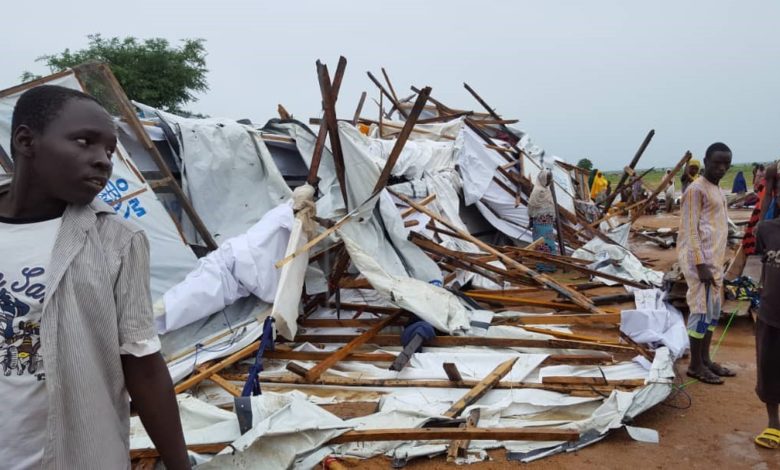
While they struggle with their new realities in the camps, several internally displaced persons (IDPs) in parts of Northern Nigeria face flooding threats.
On Friday, humanitarian organisation, Medecins Sans Frontieres (MSF) in a series of tweets, shared photos of the havoc caused by recent rains in Pulka, Borno State.
At least 20 houses were damaged or ruined in the camp and the MSF team was on ground to assist the displaced people.
They tweeted, “After flash floods destroyed 20 shelters in Pulka transit camp, MSF observed the similar damage in the host community, where at least 20 houses were damaged or ruined.
“Medical teams are on the spot, assisting those in need. No injuries reported.
“MSF works together with other actors to assist the displaced people in #Pulka, whose shelters have been damaged by flash floods.
“Our support teams are there to provide medical assistance,” MSF said.
Floods in IDP camps have become very frequent in 2020 and HumAngle has covered several cases.
Recent flooding in camps
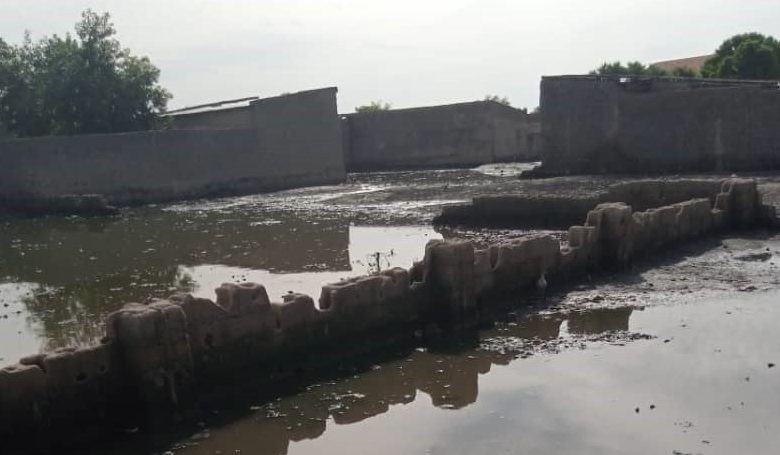
In July, HumAngle reported that Residents in parts of Maiduguri, Borno State capital are lamenting the loss of their properties to recent flooding.
Flooding had taken over some residential homes and parts of the Bakassi Internally Displaced Persons (IDP) camps, displacing many of the residents.
Some of the affected areas include Polo, Ngomari, Bakassi IDP camp, and Zajeri Umarari Kan Tudu around the city centre.
Residents told HumAngle that the flood was as a result of blockage of waterways due to the indiscriminate dumping of refuse and polythene bags in the drainages.
The paper also reported that humanitarians in Northern Nigerians were bracing for the floods.
The International Organisation for Migration online displacement report between June 29, 2020 and July 3, 2020 revealed that 19 camps were affected in Maiduguri, Jere, Kaga and Konduga local government areas of Borno State.
A source familiar with humanitarian operations and flood risks in Borno State said the impact of flood was mostly on shelters some of which were more vulnerable than others because they were constructed on plain surfaces.
In June, the Borno State government instituted a committee to mitigate the impact of flood, the State Commissioner for Environment Modu Walama in a phone interview told HumAngle that the committee was going round to inspect most of the affected areas, including IDPs camps.
Walama added that the government was evacuating some blocked drains and desilting some areas to prevent flooding and would in addition build new drains in identified areas, particularly in IDPs camp areas, as a long term solution.
Eve Sabbagh, the Spokesperson for the UN Office for the Coordination of Humanitarian Affairs, told HumAngle that humanitarian actors were scaling up efforts to mitigate flooding and disease outbreaks during the rainy season as there were increased risks of flooding and outbreak of diseases such as acute diarrhoea and cholera.
In November 2019, at least 100,000 Internally Displaced Persons (IDPs) in Nigeria’s northeastern state of Borno were trapped following a flood disaster at a Nigeria-Cameroon border town.
More than 4,000 hectares of farmland were also destroyed by the flood in Rann, a town in Kalabalge local government area of Borno.
More flooding to come
At least 102 local government areas (LGAs) in Nigeria are highly probable to be flooded in 2020, HumAngle earlier reported.
The local government areas are spread across 28 states in Nigeria, according to data from the Nigeria Hydrological Services Agency (NIHSA)’s 2020 Annual Flood Outlook (AFO).
All states and the Federal Capital Territory (FCT) are expected to experience different levels of flooding during the year, the agency stated.
Out of the 774 local government areas in Nigeria, 102 are predicted to be highly probable while 275 local government areas are probable to experience flooding.
Also, 397 LGAs are predicted to be less probable to flood occurrences.
Borno, particularly, is expected to experience flooding in Marte, Maiduguri, Abadam, Mafa and Kukawa.
Nigeria will likely experience more flooding, especially in September going by the pattern already established, according to Nigeria Hydrological Services Agency (NIHSA).
“By our prediction, August and September are very critical for flooding in Nigeria.
“If as early as June we are losing lives and property occasioned by flooding in some parts of Nigeria, I don’t know what will happen by the time we approach the middle of August and September in Nigeria”, the Director-General of NIHSA, Mr Clement Nze, said.
Support Our Journalism
There are millions of ordinary people affected by conflict in Africa whose stories are missing in the mainstream media. HumAngle is determined to tell those challenging and under-reported stories, hoping that the people impacted by these conflicts will find the safety and security they deserve.
To ensure that we continue to provide public service coverage, we have a small favour to ask you. We want you to be part of our journalistic endeavour by contributing a token to us.
Your donation will further promote a robust, free, and independent media.
Donate Here

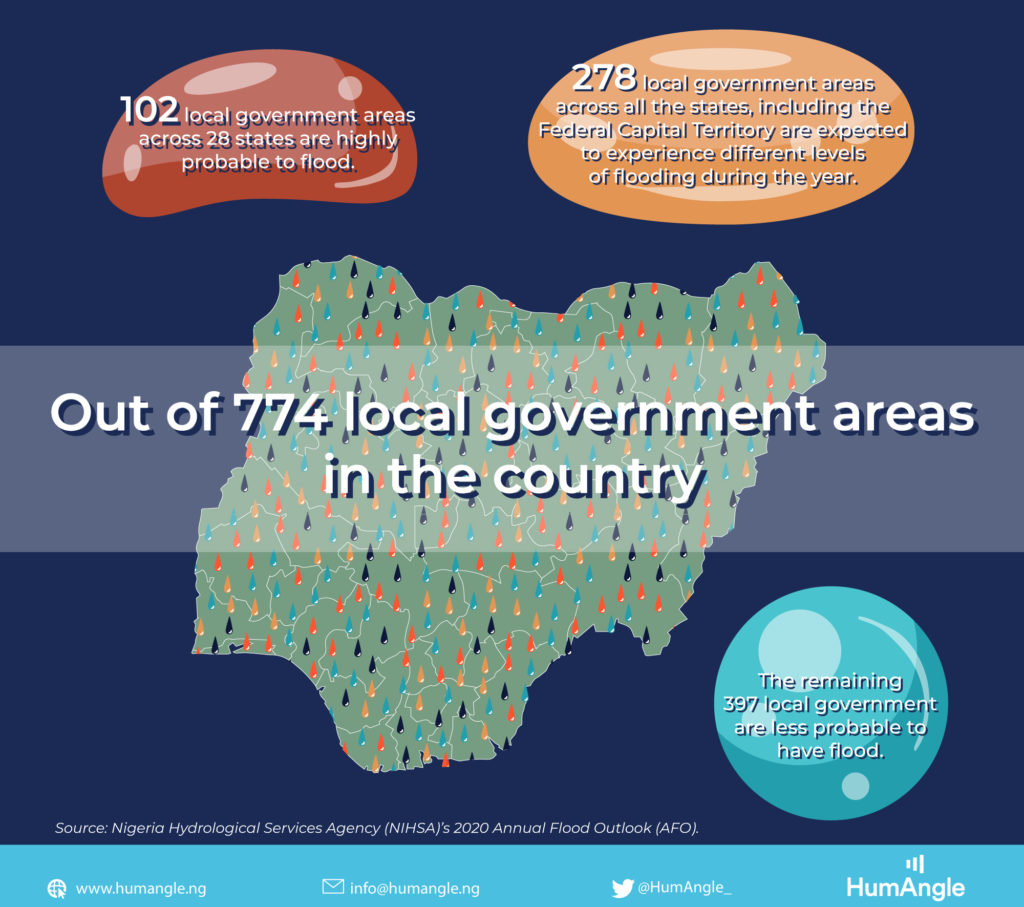
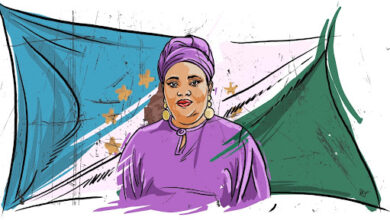
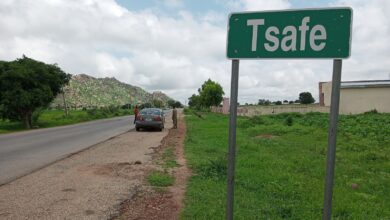
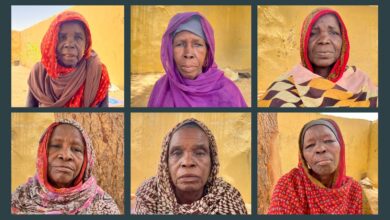

this is pathetic, fighting for survival.